6 sites of greek interest outside Greece
The reason for this article is my interest in finding anything related to Greece abroad, and these sites are really infinite, not only in the Mediterranean and Europe where the greek influence are great anyway, but also all over the world.
Unfortunately, greek travellers, bloggers, instagramers and TV travellers do not give them any basis, the only one who does is Tasos Doussis, host of TV series Icons. That's why I'm mentioning 3 points that I've seen in his shows (including some screenshots, I hope he doesn't mind) as well as 3 others that I've spotted myself.
1. The Caryatids of Havana
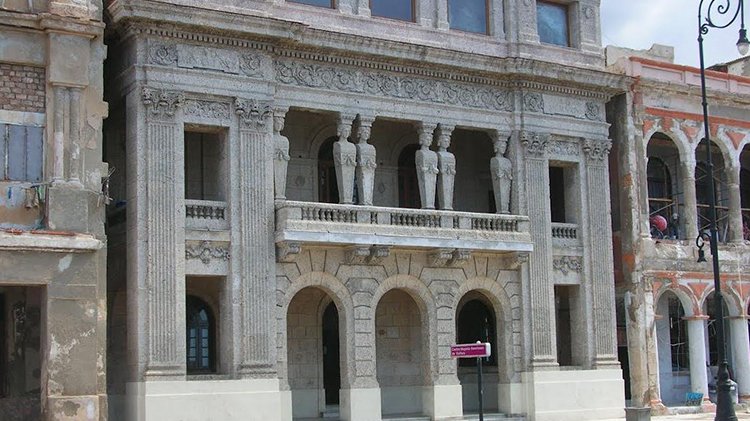
In Malecon district of Havana, Tasos Doussis discovered the "Palace of the Caryatids", the Palacio de las Cariátides, which is surprisingly similar to the house with the Caryatids in Agion Asomaton street in Athens city center. A really great find and well done to him for pointing it out.
2. The original Fontana di Trevi is located in Jordan and is greek
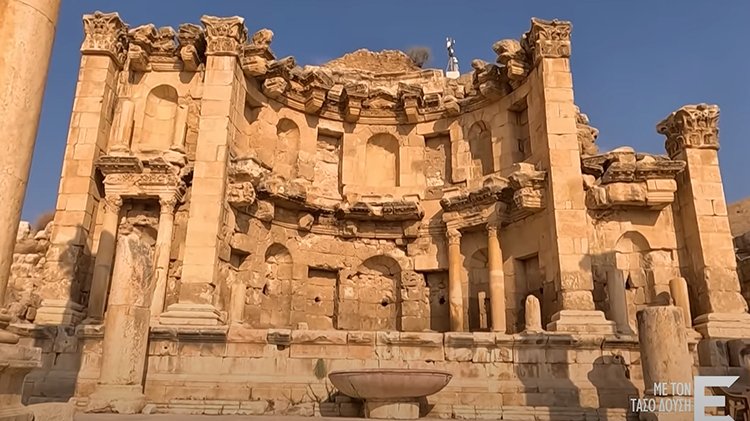
Walking in the ancient Jordanian city of Gerasa, founded by the generals of Alexander the Great, Tasos Doussis encounters the Nymphaeum, the fountain of Gerasa. The seasoned traveller points out that it bears a striking resemblance to Fontana di Trevi fountain in Rome, an 18th-century work.
3. Alexander brought greek art to the Far East
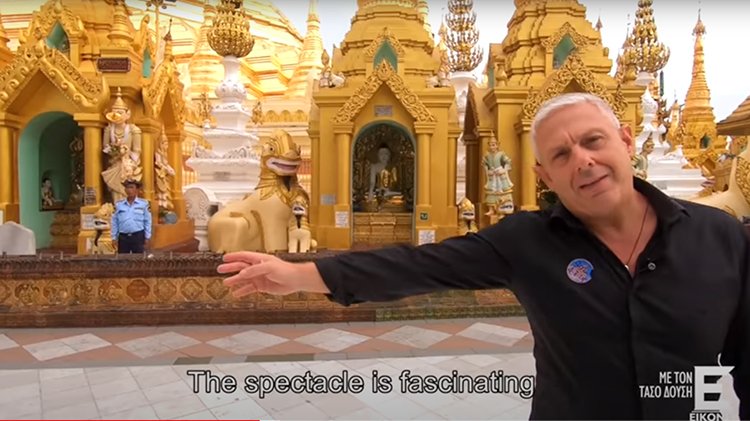
In Myanmar at Shwedagon Pagoda, one of the most shocking sights in the world, Tasos Doussis reports that tour guides say that the statues and constructions of this temple are the techniques of Alexander the Great's engineers. We certainly cannot know if this is truth or rumors, but it is indicative of the influence of greek culture on this side of the world. Greek influences on Far Eastern statuary is a well-known topic as it has been pointed out that the Terracotta Army in China is of greek style as statuary in the region changed after the advent of Alexander.
4. Ptolemy in Florence
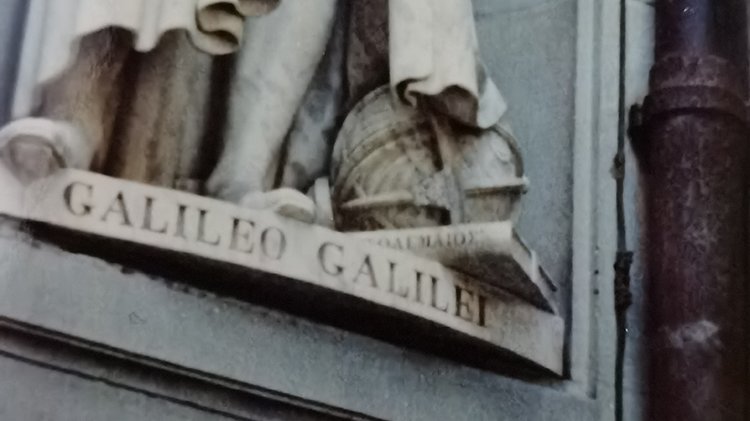
In the Uffizi museum in Florence, statues of great men of Renaissance are lined up. On the statue of Galileo at his feet is a book inscribed "PTOLEMY" (ΠΤΟΛΕΜΑΙΟΣ) along with a globe. It's hard to see in photos because it's so small compared to the statue, you have to stand in front of it to notice it. It is about Claudius Ptolemy, a greek geographer from Alexandria who made the last ancient map depicting the known world in the 2nd century AD, also incorporating the spherical projection and geographic coordinates.
His map was received by the europeans and when they started their explorations the new geographical knowledge was added to Ptolemy's map. East Asia was added with the journey of the Italian Marco Polo in the 13th century, while Africa was added in the 15th century after the voyage of the Portuguese Bartholomeu Diaz. These maps were used by Christopher Columbus for the Atlantic voyage, it is believed to be Paolo Toscanelli's map.
About these I have written the article To the edge of the world: from Alexander to Columbus.
5. Pytheas the Massaliote, the man who discovered Britain
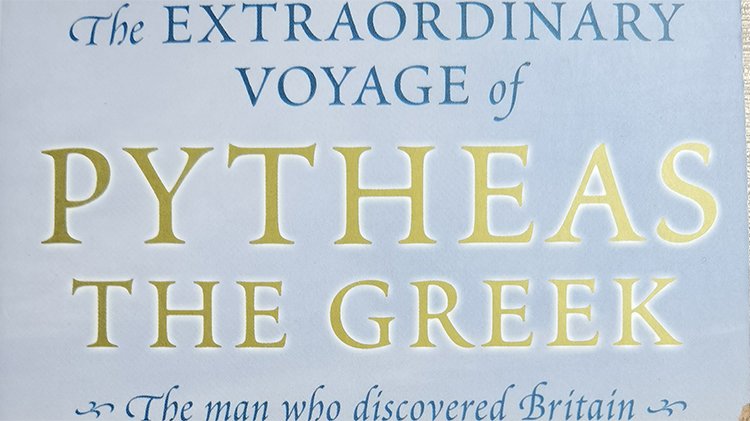
I bought this book in Glasgow in 2001, the author is Barry Cunliffe professor of European archeology at Oxford University. Unfortunately in Greece such books often confuse historical events with national megalomania and you hardly believe them. Ancient explorations do not concern us in Greece, because here in the metropolitan lands no explorer came to discover us. You find out such elements mainly abroad.
The book gives details about the greek explorations in the Mediterranean, even mentioning those of the other seafaring peoples, the Phoenicians and the Carthaginians.
Pytheas began in the 4th century BC. from Marseilles to go north to discover the origin of exotic goods coming to Marseilles from some land north of Gaul. His work "About the Ocean" does not survive, but there are references to other ancient authors. He reached Britain, the Tin Islands as they were known, he reached Scotland also and from there he went even further north to an island called Thulie the end of the known world in the north. It is a mystery which is this island although it is speculated to be Ireland, Iceland, the Shetland islands or the Faroes.
There is a statue of Pytheas in Marseilles at Palais de la Bourse.
6. Euthymenes the Massaliote
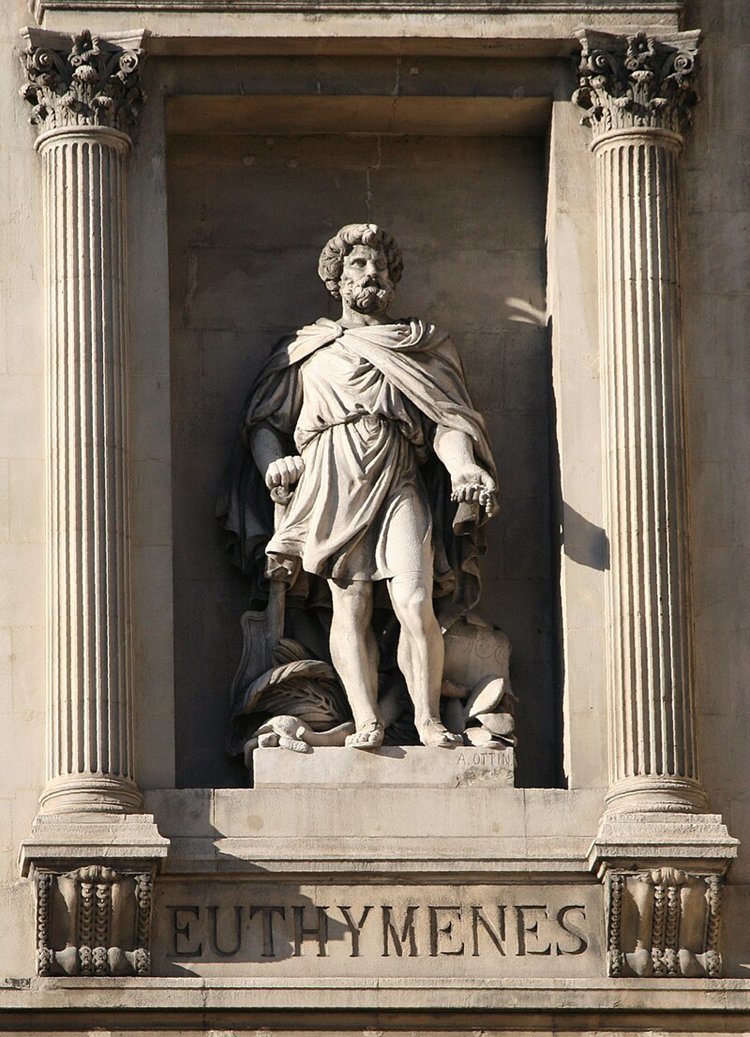
Pytheas led me to Euthymenes another Massaliot explorer whose statue is also in Palais de la Bourse. He explored the coast of West Africa. He reached a great river flowing into the Atlantic which he considered to be the other end of the river Nile. It is thought to be the Senegal river which today is the border between Mauritania and Senegal.







